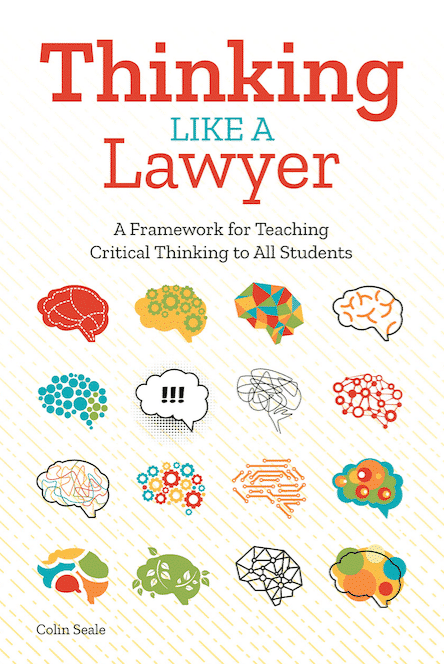Should fast food workers make $15 per hour? Why or why not?
Should fast food wages be low so that flipping burgers would be a good part-time job just for teenagers? But, what about adults that work there during the day? A large number of fast food workers with families require government benefits to help them feed their families, or need to work multiple jobs to make ends meet.
Should companies have to pay enough money so that they don’t need to get government benefits and work multiple jobs to maintain a basic standard of living?
It may seem odd to get into that level of discussion in a math class, but in almost 3 years of practice as a corporate defense attorney, thinkLaw’s Founder/CEO Colin Seale saw, firsthand, how expert witnesses made vastly different arguments using math and the universe of factual data. Perspectives do matter in math, but we don’t usually teach that.
After this discussion, students considered this question: if slopes are rates of change, what can we do to graphically argue (at this point, students understand that graphs are just persuasive ways of representing data) that fast food workers should, or shouldn’t make $15 an hour?
After guiding them through a basic research plan, students take on the task of determining whether the rate of change in minimum wage since 2005 is greater/less/equal to the rate of change in the cost of living over that same period.
It’s amazing to watch students apply the same tenacity they do in a debate to a mathematical in-class research project as they rush to find average home prices, rent prices, gas prices, and electricity prices in 2005, and do the same for the current date.
But, here’s the shocker: 2005 was close to the peak of the housing bubble in Las Vegas and a time period where our gas prices spiked significantly. So students scrambled when they realized that based on their research (and the fact that the graph showing the rate of change of costs of living was negative while the minimum wage increase was small, but positive) minimum wage should not be increased (they made a good point).
Suddenly, a student decides, “let’s use 1995 instead, and see what happens!” As you could imagine, the cost of living increases were much higher from 1995 to 2015, so now this slope is much steeper than the minimum wage slope.
You might be thinking “so you can just pick any numbers you want and say ‘I used math, so that means I am right!” Not exactly, nonetheless, this is a neat and effective way to show the usefulness of math in practical situations.







Leave a Reply